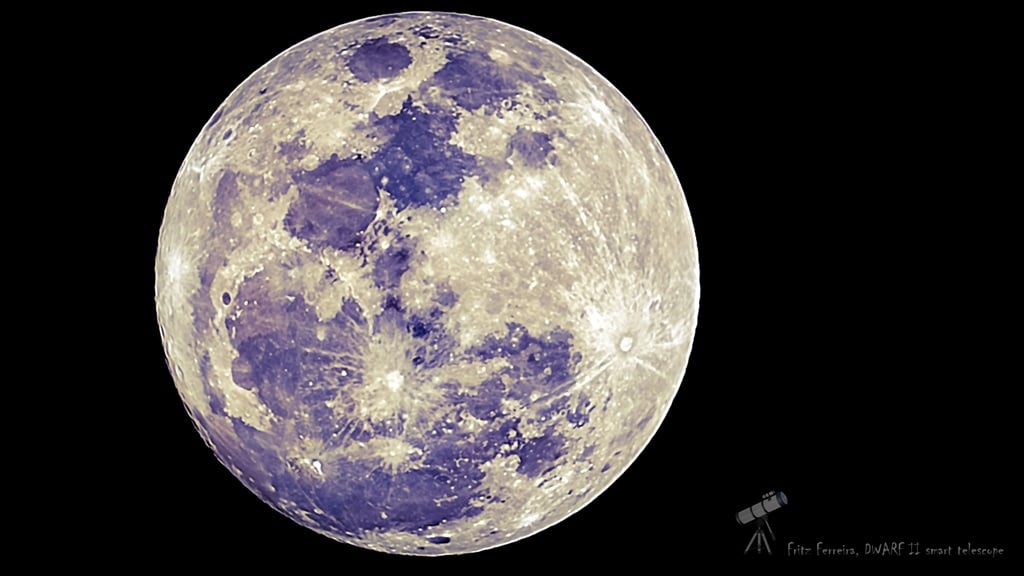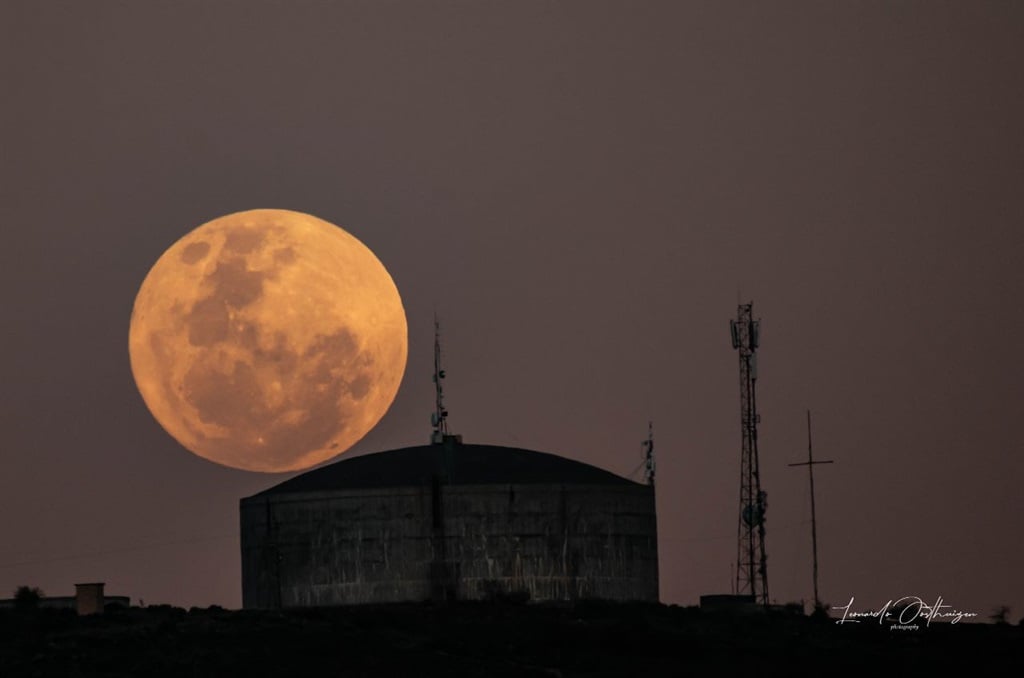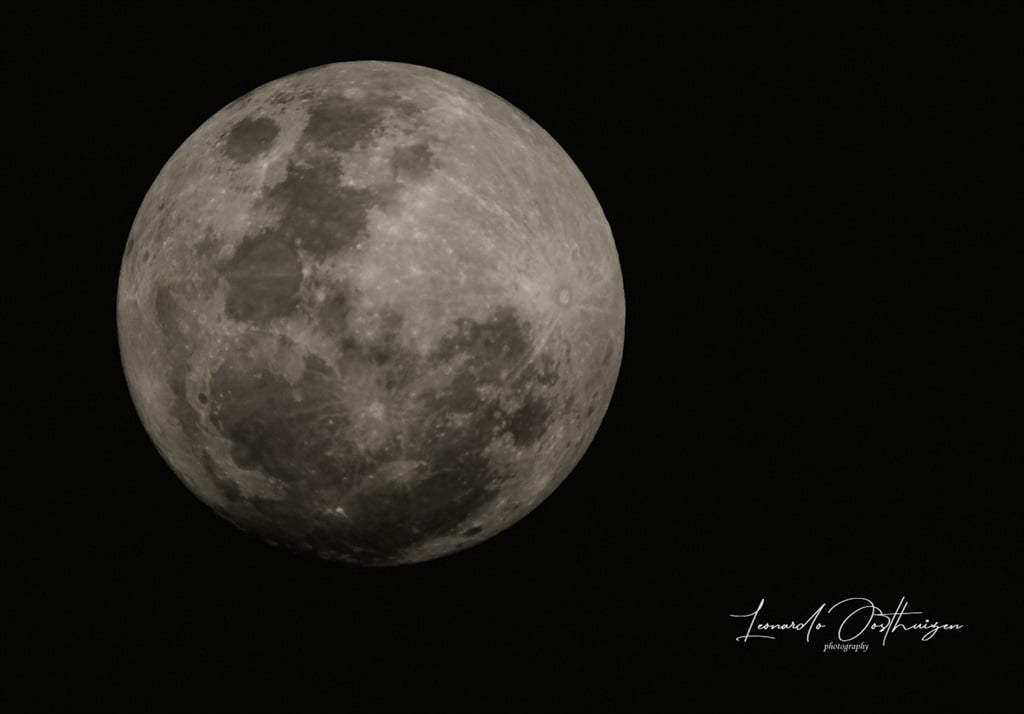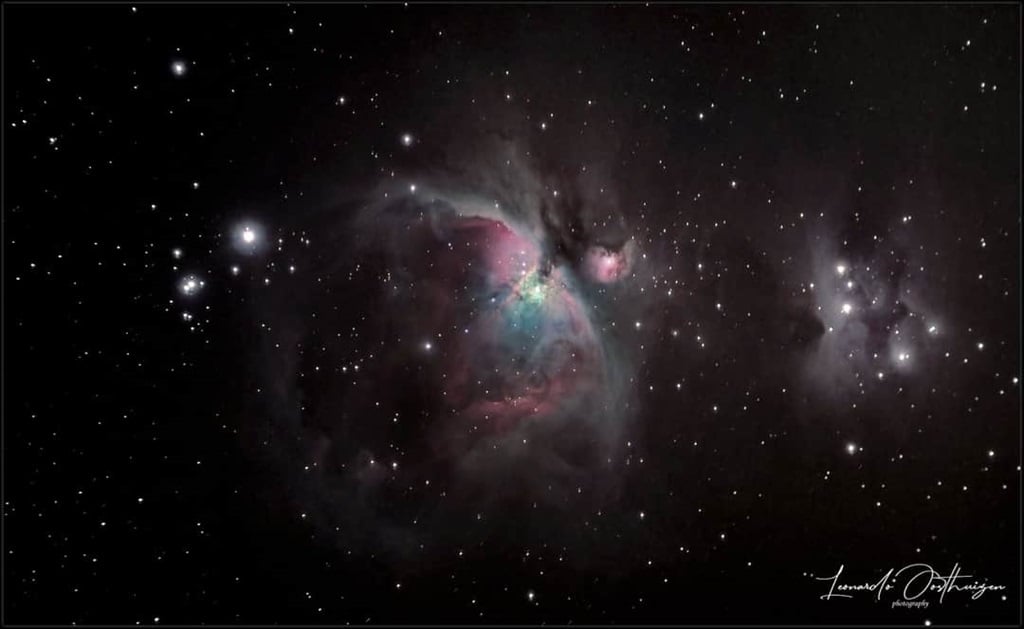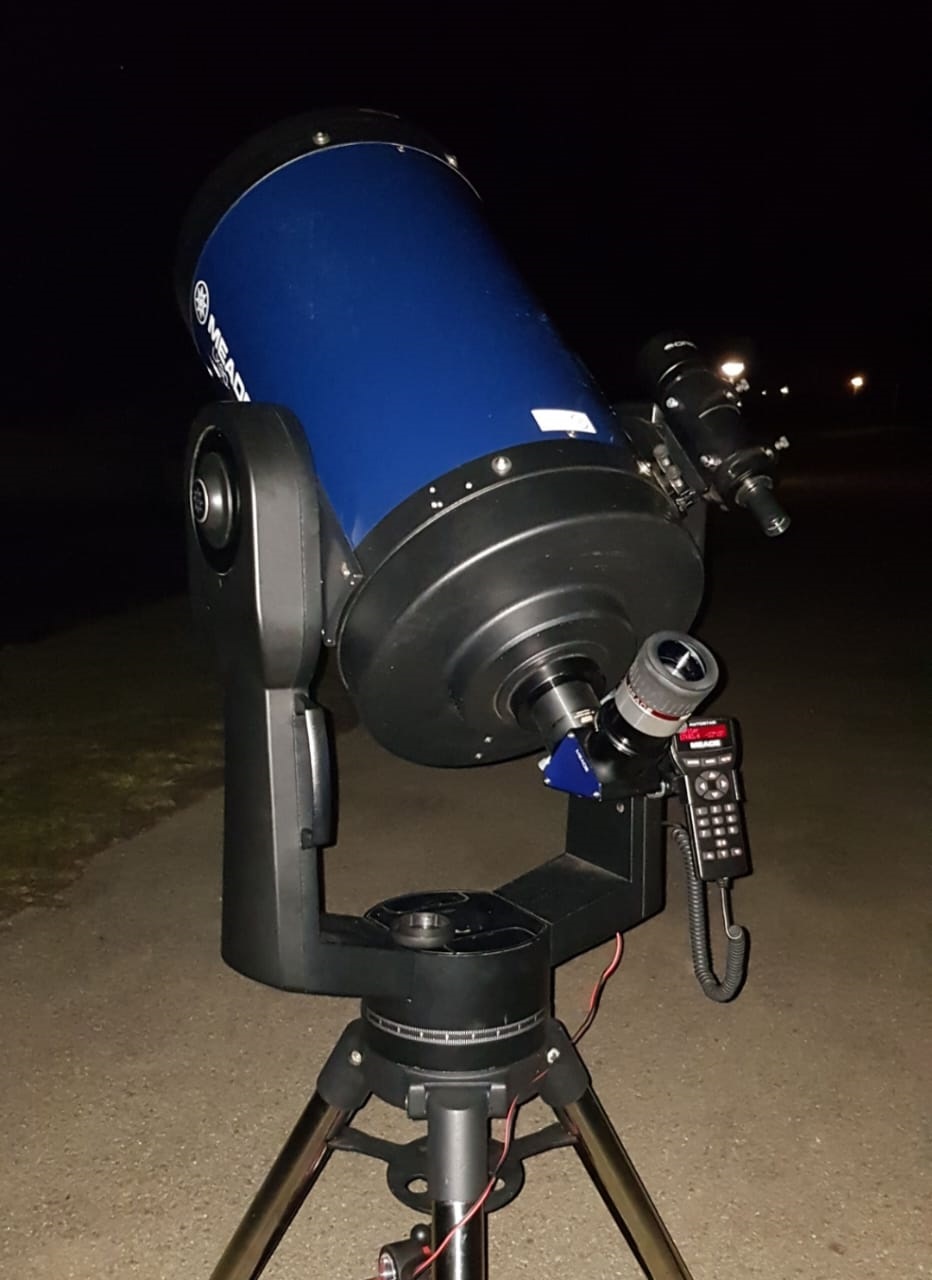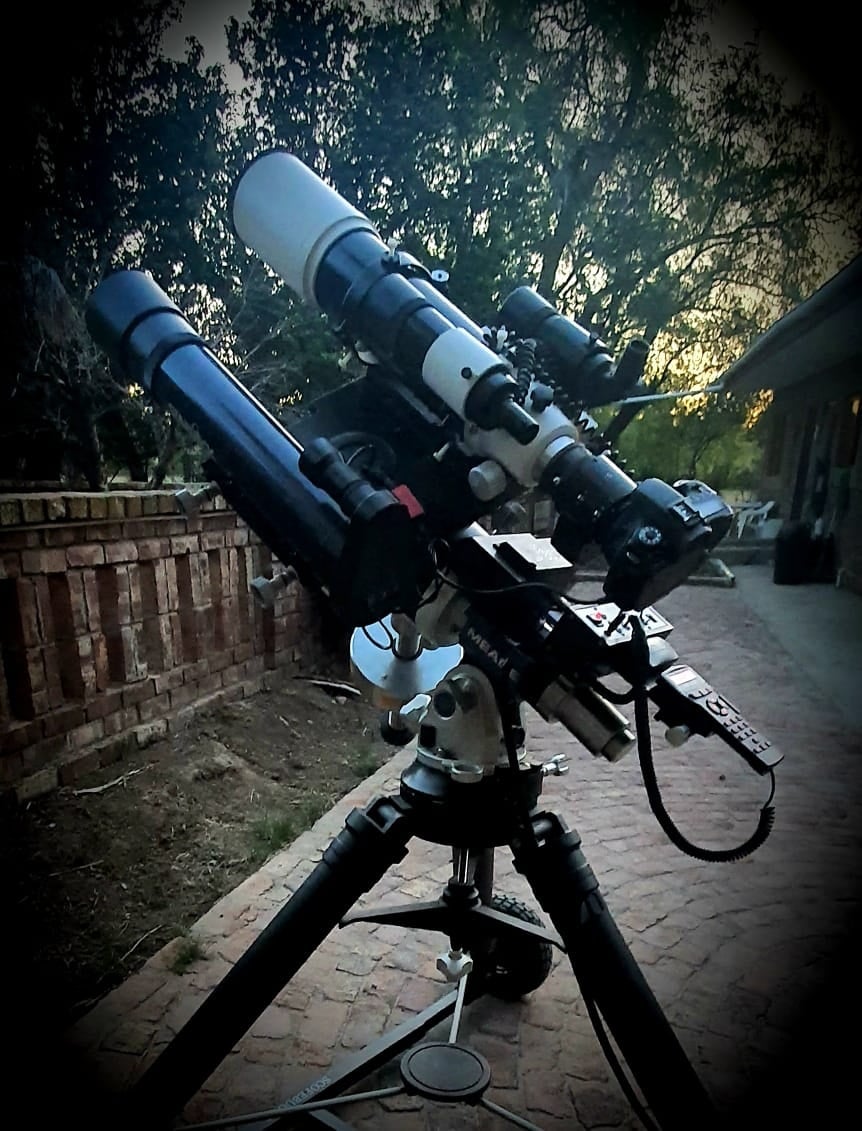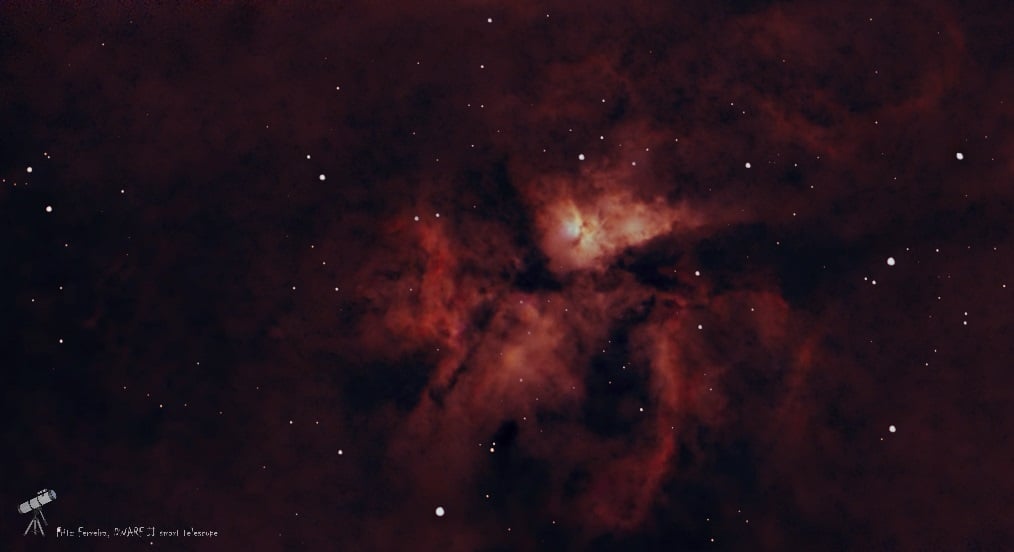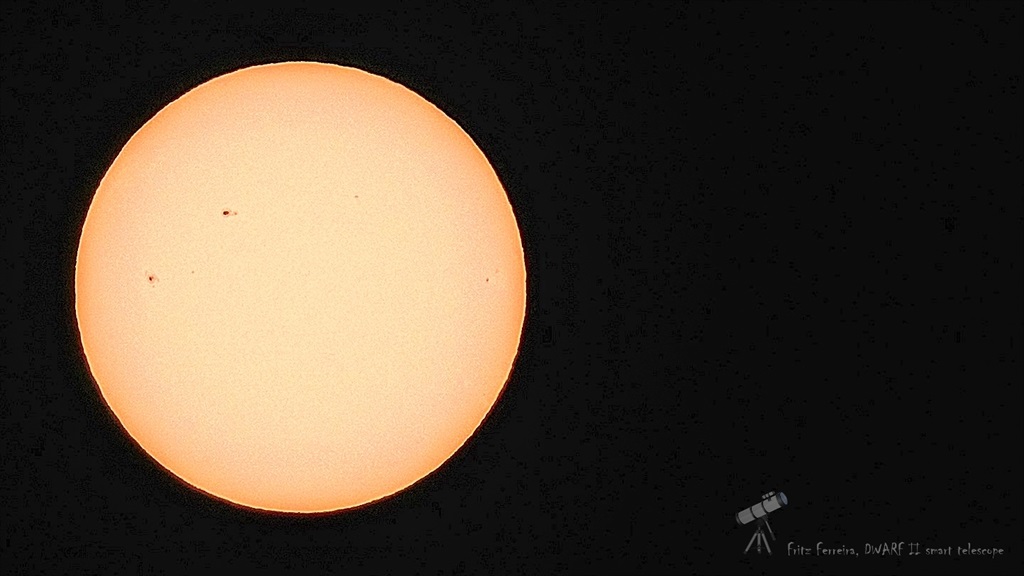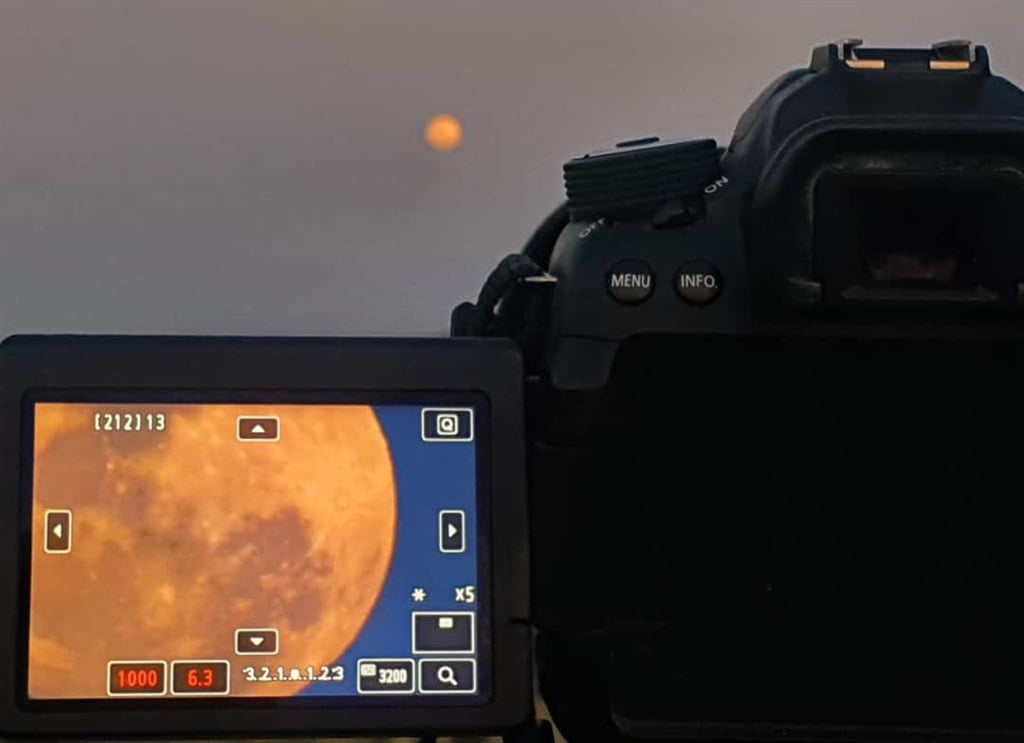
- There is currently a Super Blue Moon.
- Amateur South African astrophotographers took some stunning pictures of the rare occurance.
- There will not be another Super Blue Moon for nearly 15 years.
- For more stories, visit the Tech and Trends homepage.
Amateur South African astrophotographers pointed their lenses skywards last night to capture a lunar phenomenon that will not occur again for nearly 15 years.
In the early hours of Thursday morning, a brighter and closer moon than normal officially became full in South Africa, for the second time this month.
This means that there was both a Supermoon and a Blue Moon – a very rare occurrence that is being dubbed as a "Super Blue Moon".
The National Aeronautics and Space Administration (NASA) explained the meaning of these terms in a blog post on its website.
The Moon does not travel around the Earth in a perfectly circular orbit, meaning that sometimes it is closer to Earth than at other times. When the Moon is full and at its closest point to us, it appears much larger than usual, which is called a supermoon.
The Moon waxes and wanes on a 29.5-day cycle, meaning that it becomes full just more often than once a month.
When the Moon is full twice in one Month, as has been the case in August, this is known as a "Blue Moon".
It is quite uncommon for there to be a Blue Moon or a Supermoon, but for both of these phenomena to happen at the same time is a real collector's item.
NASA said that the next Super Blue Moons will be in January and March 2037 and will come in a pair.
Some amateur South African astrophotographers ventured out into the cold on Wednesday night to capture the phenomenon themselves.
Leonardo Oosthuizen said that he tries to go out every night so as to document the night sky from Oudtshoorn.
"At this moment I will go out every night or almost every night, it all depends on the weather. If there is any special thing happening I will definitely be out photographing," he said.
When there is no special occasion like the Super Blue Moon, Oosthuizen said he photographed other celestial bodies, such as galaxies, nebulas, constellations, and planets.
"What I like about it is that you can take a normal piece of sky where it seems like there is nothing… and if you do a stacking of about 10 or 15 minutes you will actually see the nebulosity, you will see the colours."
Here is some of the equipment he uses:
Oosthuizen started a Facebook group for South Africans interested in astronomy, which has grown to around 2 000 members since it was launched in 2015.
"I started that group just to see how things would go and from there it has just escalated," he said.
"People are communicating more now, I feel, about the stars than in the past."
Fritz Ferreira said he started astrophotography around three years ago, operating from Gauteng.
He said that he started shooting planetary images, but had since started enjoying shooting deep space objects like the Orion Nebula, Lagoon Nebula, and the Triffid Nebula.
He decided to buy a smart telescope, called the DWARF ll from Dwarflab, for astrophotography. He added that it was no bigger than a DSLR camera.
"This little Smart Telescope is a good all-rounder and is super portable. It is as big as a DSLR camera," he said.
Ferreira said that he actually takes videos of the night sky and then uses programs to process the files and create images.
Ferreira said that his interest in photography went beyond just astrophotography.
"I get out when there is something spectacular to photograph like the Super Blue Moon that is not really blue. Other photography is with my phone taking photos of my family."




 Publications
Publications
 Partners
Partners





